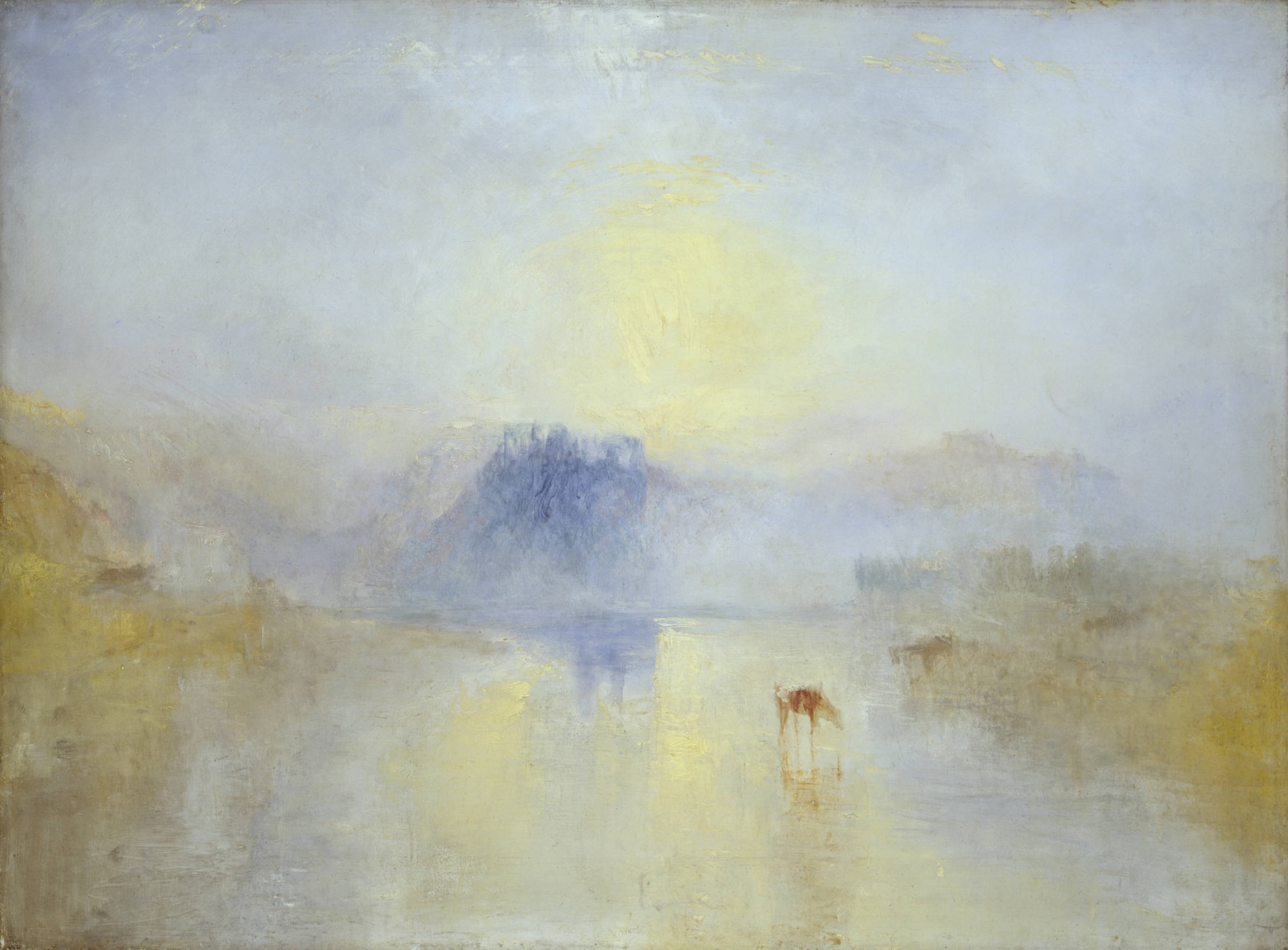J.M.W. Turner, one of Britain’s most renowned landscape painters, with a retrospective exhibition that showcases his mastery of capturing light, atmosphere, and the sublime in his works. This article delves into the central theme of Turner’s art, exploring how he revolutionized the landscape genre and challenged traditional notions of beauty.
Turner’s artistic journey took place during a transformative period in history, the Industrial Revolution, when Britain underwent rapid technological advancements and urbanization. With this backdrop, Turner witnessed the changing landscapes of his country: the rise of factories, the development of railways, and the bustling city streets. Through his art, Turner sought to encapsulate the essence of these changing times and convey the awe-inspiring beauty of nature in the face of industrial progress.
At the heart of Turner’s work lies his fascination with light. He used color, brushstrokes, and compositional techniques to depict the ever-changing qualities of light, whether it be the soft radiance of a sunrise, the dramatic spectacle of a stormy sea, or the ethereal glow of mist. His mastery of light and shade transformed his landscapes into poetic and emotive portrayals of nature’s grandeur, capturing both its tranquility and its raw power.
In addition to his technical innovations, Turner also challenged traditional notions of beauty in his landscapes. While his contemporaries often depicted pristine scenes of nature, Turner embraced the rugged and sublime aspects of the natural world. He found beauty in the wildness and untamed forces of nature, favoring dramatic scenes of storms, shipwrecks, and treacherous seas. His unconventional approach to landscape painting challenged the prevailing tastes of his time and opened up new possibilities for future generations of artists.
Today, Turner’s art continues to inspire and resonate with audiences. His ability to capture the essence of light and his unconventional portrayal of landscapes paved the way for the development of Impressionism and other modern art movements. Furthermore, his exploration of the relationship between nature and human progress remains highly relevant in our contemporary world, where we grapple with the impact of climate change and the need to strike a balance between industrial development and environmental stewardship.
Through this article, we invite you to delve into the world of J.M.W. Turner, to appreciate his artistic genius, and to reflect on the enduring themes present in his landscapes. As we celebrate the 250th birthday of this visionary artist, let us immerse ourselves in the beauty, power, and transformative potential of nature, as captured by Turner’s brush.

